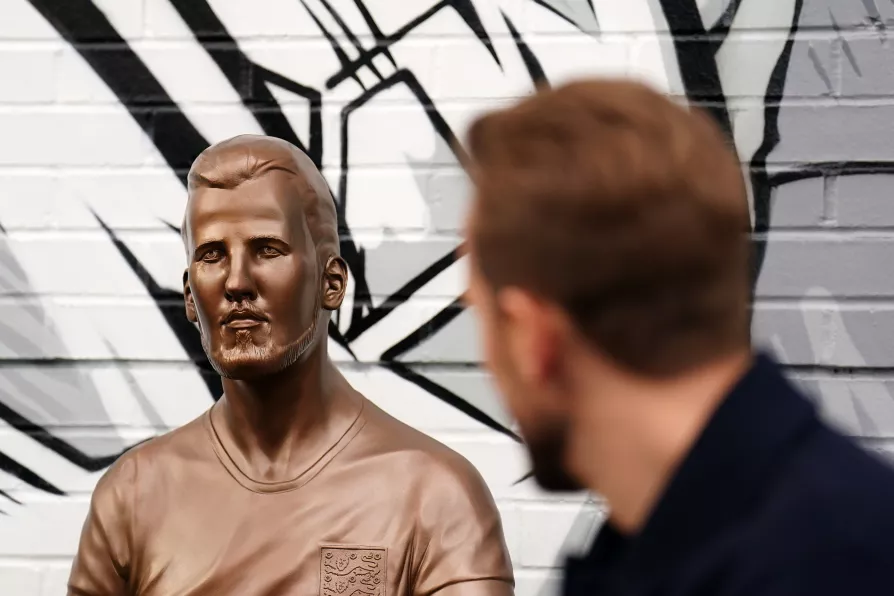From Canning Town to championship glory, Mark Kaylor’s journey mirrored a decade of upheaval, resilience, and raw working-class pride, writes JOHN WIGHT

 The statue of Harry Kane unveiled at The Peter May Centre, London, November 18, 2024
The statue of Harry Kane unveiled at The Peter May Centre, London, November 18, 2024
ONE art critic compared the new Harry Kane bronze statue to a bulging-jawed comic strip character.
In Miami, observers say the Dwyane Wade sculpture looks more like actor Laurence Fishburne than the former basketball star. Of course, the infamous Cristiano Ronaldo bust in 2017 gave the chiseled football star a chubby face and goofy smile.
A statue of Mohamed Salah in 2018 depicted the Liverpool star with a disproportionately large head. In 2011, a terracotta warrior statue of Andy Murray at a Shanghai tennis tournament drew chuckles, including from the star himself: “I thought I was better looking than that."

It’s tiring always being viewed as the ‘wrong sort of woman,’ writes JENNA, a woman who has exited the sex industry

LOUISE BOURDUA introduces the emotional and narrative religious art of 14th-century Siena that broke with Byzantine formalism and laid the foundations for the Renaissance












